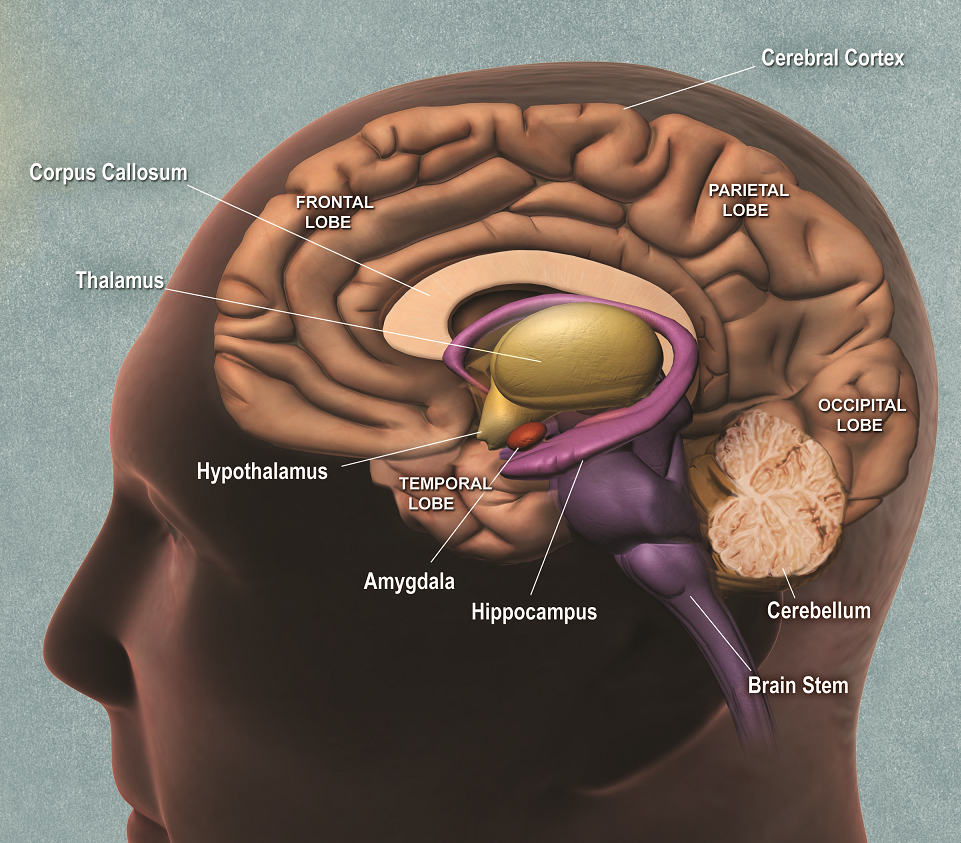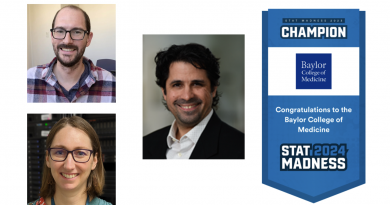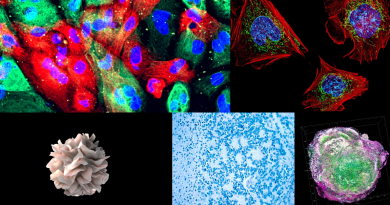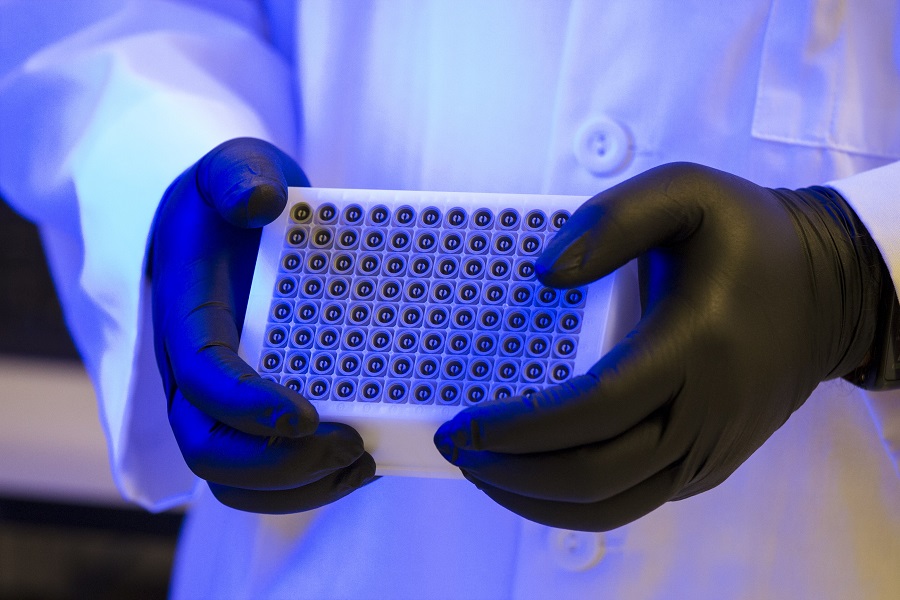This brain circuit allows the feeding and memory centers to talk to each other
It was not what the researchers were expecting to find when they set out to investigate how the protein complex NCOR1/2 regulates memory.

“We knew that in addition to be involved in regulating memory, NCOR1/2 also played a fundamental role in the activity of many hormones,” said corresponding author Dr. Zheng Sun, assistant professor of medicine and of molecular and cellular biology at Baylor College of Medicine. He also is a member of Baylor’s Dan L Duncan Comprehensive Cancer Center, the Center for Precision Environmental Health and of the Texas Medical Center Digestive Diseases Center. “However,” Sun said, “we were surprised to find an unexpected connection.”
In this project, the researchers worked with mice carrying mutations of NCOR1/2.
“These mice clearly present with memory deficits,” said co-first author Dr. Wenjun Zhou, postdoctoral associate in the Sun lab. “The signaling involving GABA, a key inhibitory neurotransmitter in the brain, was dysfunctional in neurons in the hypothalamus – the feeding center of the brain – when NCOR1/2 was disrupted.”
To explore the cellular mechanism underlying the condition, Sun collaborated with Dr. Yong Xu, associate professor of pediatrics, molecular and cellular biology and with the USDA/ARS Children’s Nutrition Research Center at Baylor College of Medicine.
The researchers conducted a number of electrophysiological experiments to investigate how the lack of NCOR1/2 resulted in memory deficits in mice.
“What struck us the most was that the process by which NCOR1/2 regulates memory involves a new circuit that links the lateral hypothalamus, known as a feeding center of the brain, and the hippocampus, a place that stores memory,” Xu said.
It surprised us because the hypothalamus is not traditionally considered to be a major regulator of learning and memory,” Xu said.
The researchers validated the newly discovered circuits in different ways.
“We applied both optogenetics and chemogenetics techniques,” said co-first author Dr. Yanlin He, postdoctoral associate in the Xu lab. “The protein complex NCOR1/2 is key to the hypothalamus-hippocampus circuit; when we knock it out the circuit becomes dysfunctional.”

In addition, the researchers have connected their findings in mouse models with human conditions.
“We also describe here new genetic variants of NCOR1/2 in patients with intellectual disability or neurodevelopmental defects,” said co-corresponding author Dr. Pengfei Liu, assistant professor of molecular and human genetics at Baylor and laboratory director of clinical research at Baylor Genetics.
“The gene NCOR1 is located on human chromosome 17, very close to the region that has been previously implicated in the Potocki–Lupski and Smith–Magenis syndromes,” Liu explains. “We have always suspected that mutations of this gene could cause intellectual disabilities or other deleterious neurological consequences. The mouse models in the current study provide the first evidence that this is indeed the case.”
These findings have implications for the relationships among endocrine factors, obesity and metabolic disorders and cognitive dysfunctions such as Alzheimer’s disease. It is known, for instance, that people with endocrine disruption or metabolic disorders are more susceptible to Alzheimer’s disease.
“Mechanisms underlying these associations are not completely clear,” Sun said. “We think that the NCOR1/2-regulated neural circuit between the feeding and the memory centers of the brain we have discovered is worth exploring further in this context.”
Other contributors to this work include Atteeq U. Rehman, Yan Kong, Sungguan Hong, Guolian Ding, Hari Krishna Yalamanchili, Ying-Wooi Wan, Basil Paul, Chuhan Wang, Yingyun Gong, Wenxian Zhou, Hao Liu, John Dean, Emmanuel Scalais, Mary O’Driscoll, Jenny E.V. Morton, DDD study, Xinguo Hou, Qi Wu, Qingchun Tong and Zhandong Liu. The authors are affiliated with one or more of the following institutions: Baylor College of Medicine; Chung-Ang University, Seoul; Texas Children’s Hospital; Indiana University School of Medicine, Indianapolis; NHS Grampian, Aberdeen, Scotland; Centre Hospitalier de Luxembourg and Birmingham Women’s and Children’s Hospital.
Financial support is from the U.S. National Institutes of Health (grants R01DK101379, R01DK117281, P01DK113954, R01DK115761, R01DK111436, R21CA215591 and R01ES027544), American Diabetes Association (ADA1-17-PDF-138), U.S. Department of Agriculture (USDA) Cris6250-51000-059-04S, and American Heart Association (grant AHA30970064). The DDD study is supported by the Health Innovation Challenge Fund (grant number HICF-1009-003), a parallel funding partnership between the Wellcome and the UK Department of Health, and the Wellcome Sanger Institute (grant number WT098051). Additional support is from BCM Neurobehavioral Core (IDDRC U54HD083092), BCM Genomic and RNA Profiling Core (Digestive Disease Center P30DK56338), BCM Gene Vector core (Diabetes Research Center P30DK076938), and BCM RNA In Situ Hybridization Core (U54HD083092, P30DK056338, and U42OD011174).



